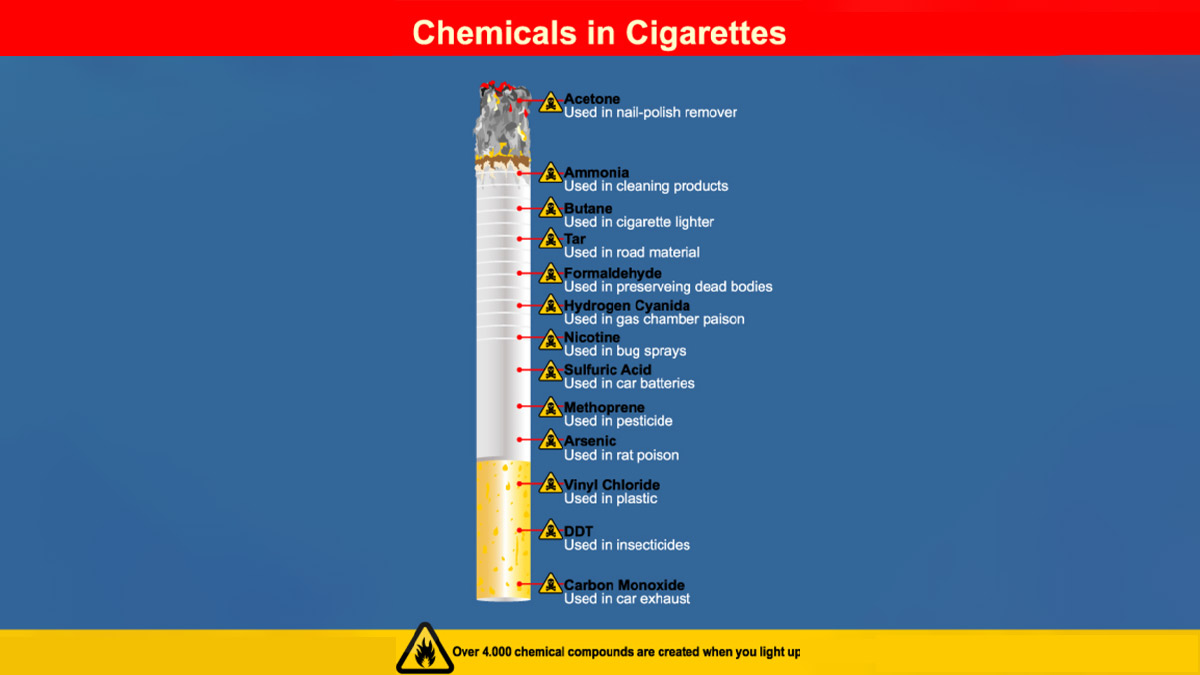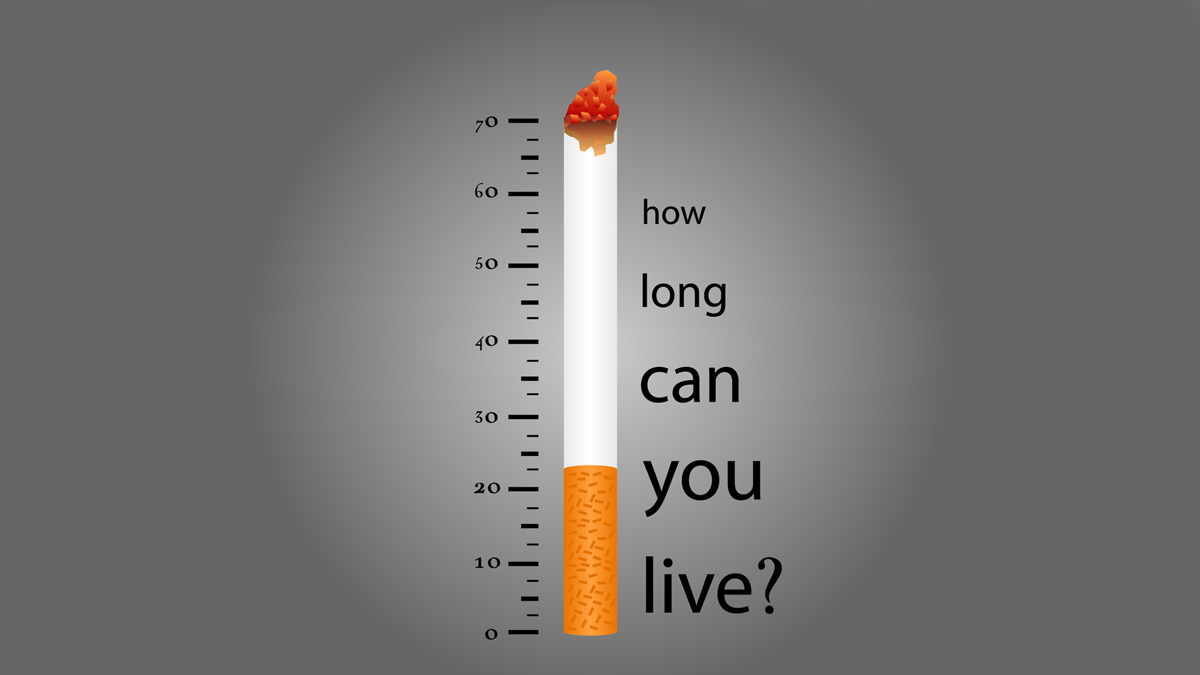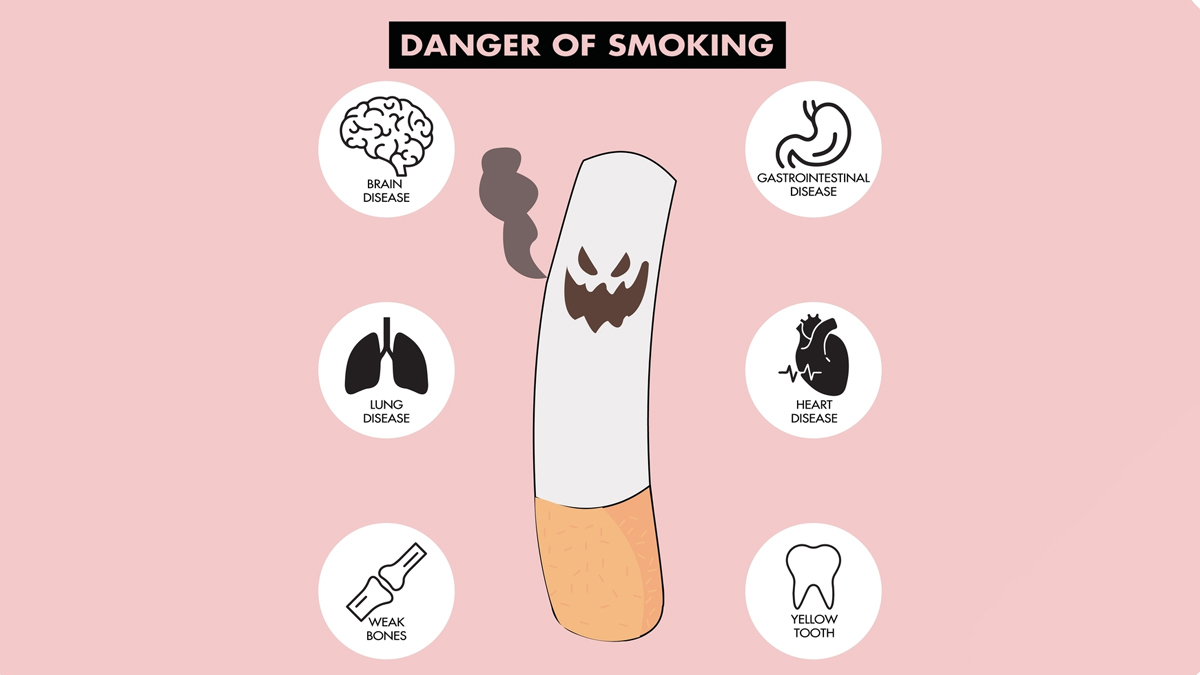
All of us know that cigarettes cause cancer, destroy our skin and hair, are a huge risk factor for heart disease, and can seriously reduce the number of years we live. However, when we talk about cigarettes, the main component that comes to mind is tobacco. But, you would be surprised to know that cigarette has many more toxic chemicals that can cause cancer.
Table of Content:-
According to the American Lung Association, cigarettes contain approximately 600 ingredients and create more than 7,000 chemicals when burned. At least 69 of these chemicals are known carcinogens, and many are toxic.
What’s shocking is that consumer products that contain many of these chemicals have warning labels warning the public about the danger of these poisons. However, no such warning is given on cigarette packets!
So, here are the intricate mechanisms by which cigarettes wreak havoc on the human body, ultimately leading to the devastating consequences of cancer.

Health Impact of Chemicals Found in Cigarette Smoke
When a cigarette is ignited, a complex process of combustion occurs, generating a dense, harmful aerosol. This smoke is far more than just vapour; it’s a toxic cocktail of thousands of chemicals. While nicotine is undoubtedly addictive, it's the multitude of other substances that pose the most significant health risks.
Here are some toxic chemicals released when cigarettes are burned, and their health impact:
Acetone
It is most commonly found in nail polish remover. It is an irritant to the eyes, nose, and throat. Acetone can cause dizziness, headaches, and nausea, and its long-term exposure can affect the nervous system and liver.
Acetic Acid
It is used as an ingredient in hair dye and irritates the eyes, nose, and throat. It can cause skin burns and inhaling it can cause coughing and difficulty breathing.

Ammonia
Ammonia is a common household cleaner that irritates the eyes, nose, and throat. It can cause coughing, wheezing, and difficulty breathing. In high concentrations, ammonia can be fatal.
Arsenic
Arsenic is used in rat poison and is a known carcinogen. It can cause skin cancer, lung cancer, bladder cancer, and other types of cancer. Arsenic also damages the nervous system, heart, and liver.
Benzene
Benzene is another known carcinogen that is commonly found in rubber cement and gasoline. It can cause leukaemia and other blood cancers and also damage the immune system and reproductive systems.
Butane
Butane, used in lighter fluid can displace oxygen, leading to suffocation. In high concentrations, butane can cause dizziness, headaches, and nausea.

Cadmium
Cadmium, a known carcinogen, is an active component in battery acid and can cause lung cancer, kidney damage, and bone disease.
Carbon Monoxide
Released in car exhaust fumes, Carbon Monoxide reduces the oxygen-carrying capacity of the blood, leading to heart disease, stroke, and other health problems.
Also Read: Quitting Cigarette Smoking Can Cut Your Risk Of Type-2 Diabetes By 30-40%: WHO, IDF Brief Reports
Formaldehyde
Formaldehyde, an embalming fluid is also a carcinogen known to cause nose and throat cancer. It also irritates the eyes, nose, and throat.
Hexamine
Hexamine, commonly found in barbecue lighter fluid can irritate the eyes, skin, and respiratory tract.
Lead
Lead, often used in batteries, damages the brain and nervous system, especially in children. It can also cause learning disabilities, behavioural problems, and hearing loss.

Naphthalene
Naphthalene, a common ingredient in mothballs, can cause anaemia, damage the kidneys and liver, and cause respiratory problems.
Methanol
Methanol, a main component in rocket fuel, is toxic if ingested or absorbed through the skin. It can cause blindness, liver damage, and death.
Nicotine
Nicotine, used as an insecticide, is highly addictive. It increases heart rate and blood pressure and can cause heart disease, stroke, and lung cancer.
Also Read: World No Tobacco Day 2020: Know Everything About Tobacco and Nicotine Addiction With A Quiz
Tar
Tar, which is the material used for paving roads, contains many harmful chemicals, including carcinogens. Tar can cause lung cancer, heart disease, and respiratory problems.
Toluene
Toluene, used to manufacture paint, damages the nervous system, liver, and kidneys. It can cause headaches, dizziness, and nausea.

How Cigarettes Cause Cancer
According to Cancer Research UK, when exposed to the toxic onslaught of cigarette smoke, the body initiates a complex defence mechanism. The immune system becomes overworked as it attempts to combat the invading harmful substances. However, chronic exposure overwhelms the body's defences, leading to a breakdown in its ability to repair damaged cells and eliminate abnormal ones.
Also Read: E-cigarettes Banned! Union Health Ministry Says Owning Vapes Is A Violation Of Law
The cumulative damage caused by the toxic chemicals in cigarette smoke can lead to genetic mutations in lung cells. These mutations can disrupt the normal growth and division of cells, leading to the uncontrolled growth that characterises cancer. Over time, these abnormal cells can form tumours that invade surrounding tissues and spread to other parts of the body.
The Impact of Secondhand Smoke
It's crucial to emphasise that the dangers of cigarette smoke extend beyond the smoker. According to the World Health Organisation, secondhand smoke, also known as environmental tobacco smoke (ETS), contains many of the same harmful chemicals as mainstream smoke. Exposure to secondhand smoke increases the risk of lung cancer, heart disease, and other health problems in nonsmokers.
The evidence linking cigarette smoking to cancer is overwhelming. The complex mixture of toxic chemicals in cigarette smoke attacks the body on multiple fronts, damaging DNA, triggering inflammation, and overwhelming the immune system. While quitting smoking is undoubtedly the most effective way to reduce cancer risk, understanding the mechanisms by which cigarettes cause cancer is essential for prevention and public health efforts.
Also watch this video
How we keep this article up to date:
We work with experts and keep a close eye on the latest in health and wellness. Whenever there is a new research or helpful information, we update our articles with accurate and useful advice.
Current Version